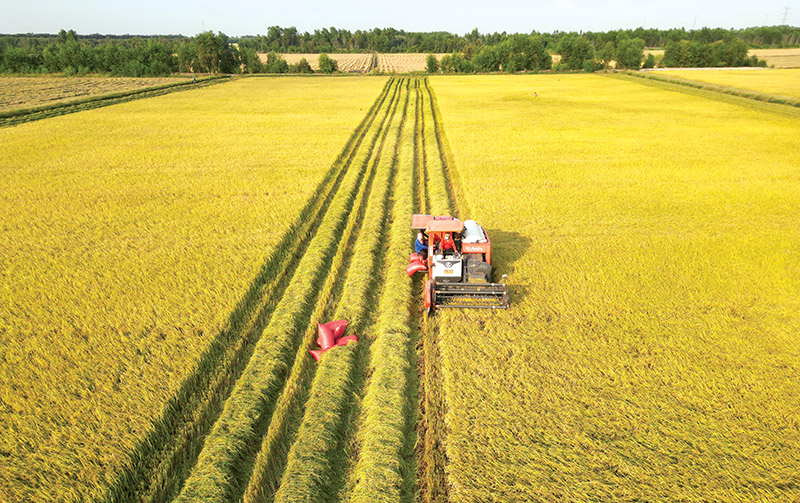HCMC – The Mekong Delta province of Ca Mau aims to raise its annual per capita income to US$6,000 and achieve an average GRDP growth rate of 10% by 2030, with industry and agriculture identified as the main growth drivers.
The province plans to restructure its industrial sector by developing industrial zones and clusters along existing economic corridors. Central areas of Ca Mau City will become industrial and urban centers, while Gia Rai and Lang Tron wards will be developed as high-tech industrial satellite urban areas.
Coastal communes such as Song Doc, Ganh Hao, and Tan Thuan will be turned into fisheries logistics and seafood processing hubs. The Nam Can Economic Zone and Hon Khoai dual-use port are expected to serve as logistics centers for the province and the Mekong Delta within five years.
Ca Mau will prioritize key industries, including energy and agricultural, forestry, and seafood processing. It plans to expand its gas-power-fertilizer complex and develop additional clusters for processing, machinery, construction, and garment manufacturing along the Ca Mau–Dat Mui Expressway.
Agriculture will remain a core sector, focusing on green and circular production models centered on shrimp and rice. The province plans to establish 10,000 hectares of high-tech shrimp farms in Vinh Hau, Hoa Binh, and Dong Hai, while maintaining ecological shrimp farming areas in Dat Mui, Cai Doi Vam, Phan Ngoc Hien, and Tam Giang.
The rice-shrimp farming model will be expanded in Hong Dan, U Minh, Khanh An, Vinh Phuoc, and Vinh Loc communes, targeting 50,000 hectares of high-quality rice-shrimp farms for export by 2030. The rice industry will also benefit from new agricultural services and processing facilities.
To support large-scale production, Ca Mau plans to establish an off-budget fund to strengthen production, processing, and distribution links, encouraging participation from businesses, cooperatives, and farmers in export-oriented agricultural value chains.









